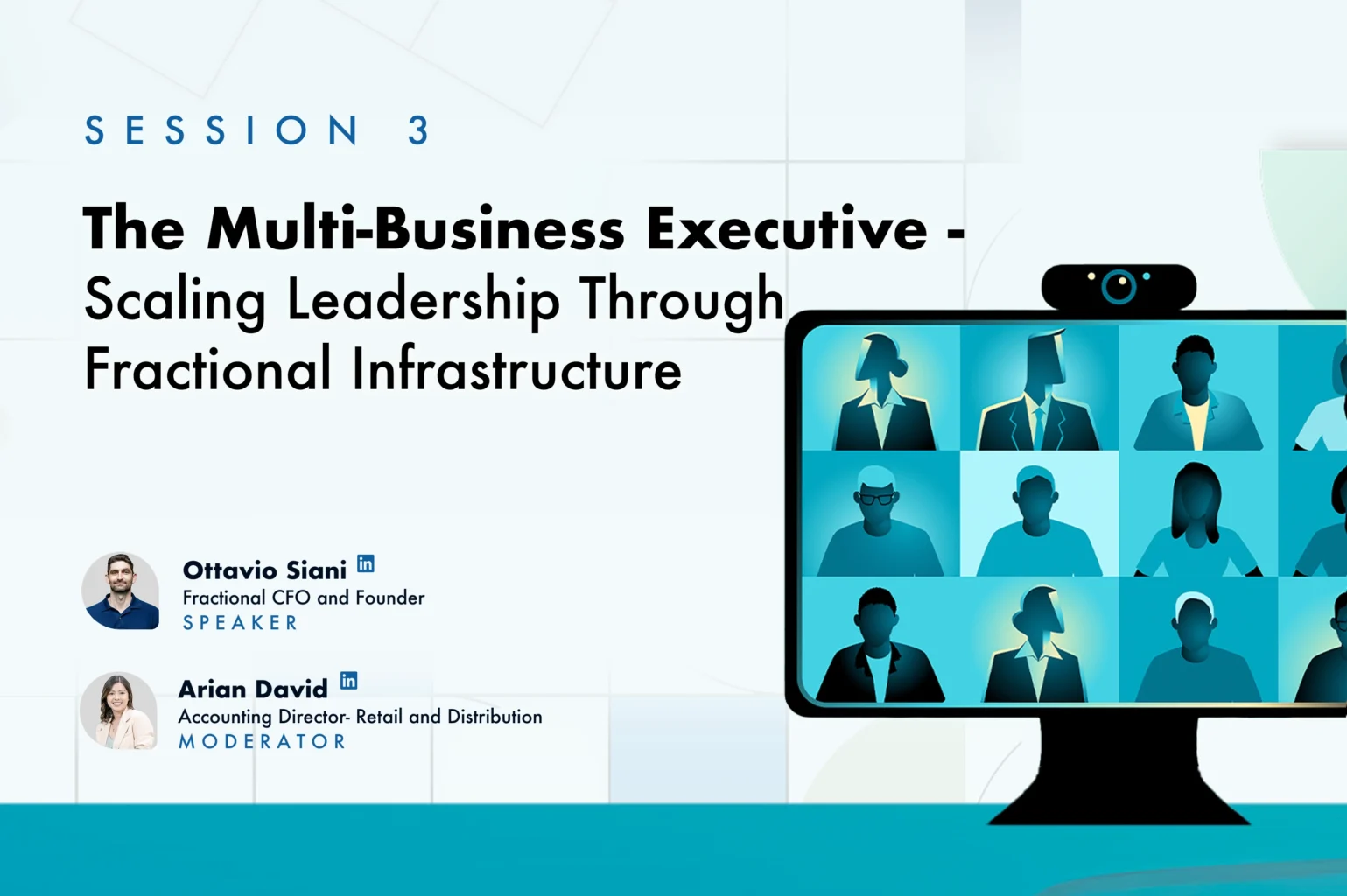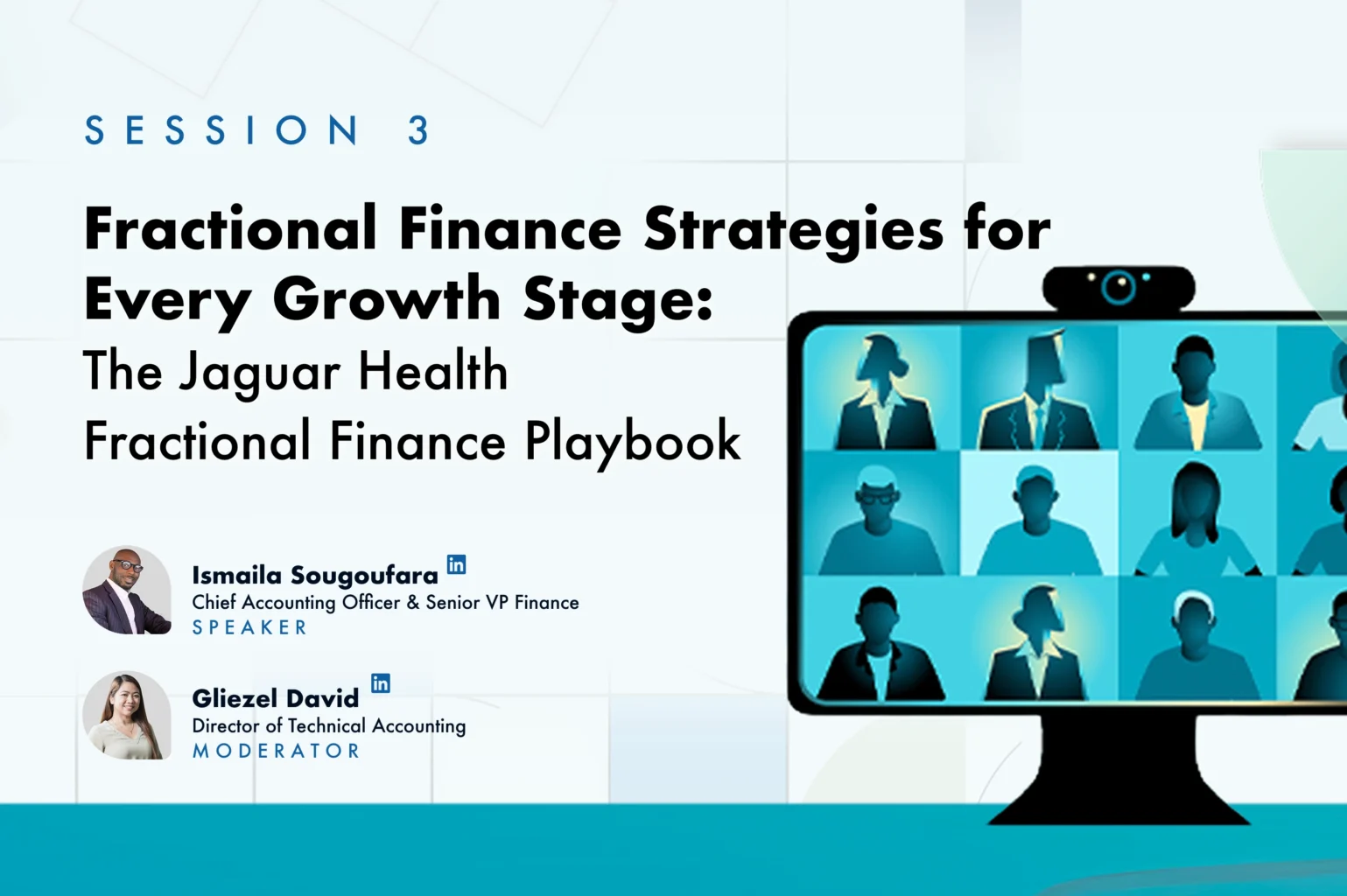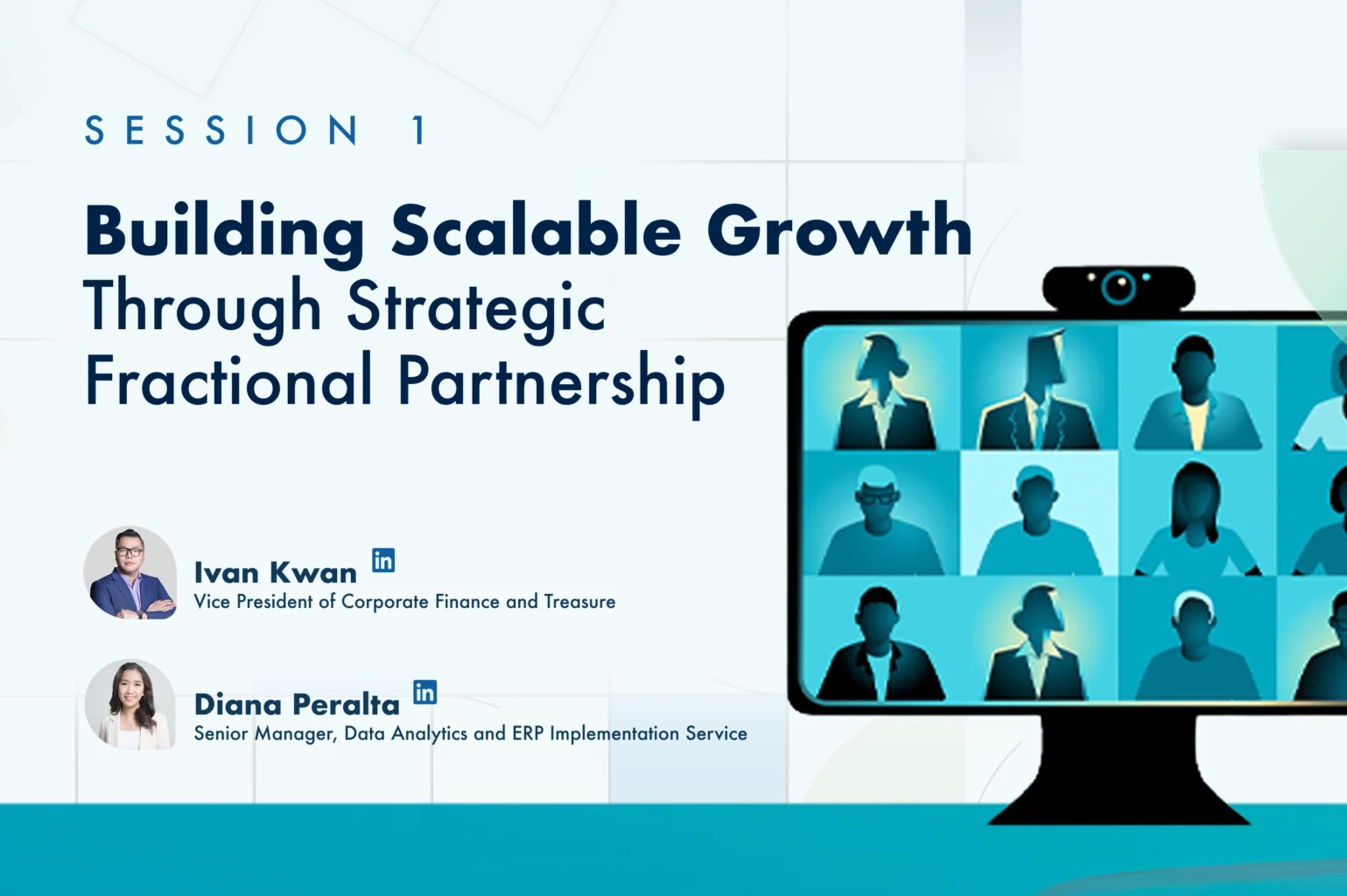The accounting* and finance functions and the role of the CFO are both changing dramatically, with the CFO now expected to help lead a company’s transformation alongside other C-suite executives. By leveraging these 5 financial pillars, CFOs can play an integral role strategically in driving their businesses to thrive and succeed.
Pillar #1: A Sound Finance Strategy
Most new businesses are born from an idea for an innovative product or service, so their initial strategic planning efforts tend to focus on developing a product or service strategy. As the company’s core offering takes shape, the strategy discussion shifts to the many functions needed to get the product into the market and to keep clients satisfied, like sales, marketing, and customer service.
It’s rare for companies to develop a finance strategy at the onset. But that’s a big miss, because it takes significant financial resources to scale a business effectively. Without a well-developed finance strategy, the company runs the risk of being in reactive mode financially—always scrambling for the funds to invest in staff, equipment, or technology, or to expand into new geographic and vertical markets.
It’s critical for the CFO to develop and execute on a sound finance strategy, perhaps now more than ever. While the exercise will likely involve cross-functional participation, it’s up to the CFO to take the lead, ensuring that strategy and funding are in place or readily available to fuel the company’s growth.
Pillar #2: The Right Resources
Even the best products are destined to fail unless they’re supported by the right resources, including people, processes, and technology. At every stage in a company’s life cycle, decisions about how and when to invest in those resources can make a major impact on the trajectory of the business.
For example, the right technology platform is critical to gathering and disseminating the financial information that production, marketing, human resource (HR), and other functions need to make the most informed operational decisions. But while some early-stage companies are quick to invest in highly sophisticated financial technology, they don’t always maximize their use of the functionality, which greatly reduces return on investments (ROI). Or when it comes to building the right talent, they might staff up internally on functions that could be handled more cost-effectively in an outsourced mode, especially in the early stages or at times of rapid expansion.
By identifying and investing in the optimal resources, aligned to the company’s needs based on its life cycle phase, the CFO can help position the business for profitable growth.
Pillar #3: A Cross-Functional Approach
For decades, accounting* and finance typically operated in a vacuum. Today, the CFO’s reach spans far beyond accounting* and financial reporting, directly touching many operational decisions that are integral to the company’s ability to thrive.
The most successful CFOs find ways to work effectively across departments and functional groups. When the CTO wants to invest in a new enterprise resource planning system or the head of HR wants to increase salaries to better compete for talent, the CFO is actively engaged—lending unique skills and capabilities to the decision-making process, conducting the necessary analyses, and ensuring the decision is on target strategically and viable financially.
By building strong relationships across the organization and establishing processes to ensure finance is integral to operational decision-making, the CFO can play a central role in driving the business’s success.
Pillar #4: A Willingness to Embrace Analytics
In nearly every function in every organization, the tool that helps operational leaders measure performance today is analytics. While it could be easy to dismiss analytics as a buzzword, the right analytics provide businesses with information that is much more actionable and insightful than the static reports of the past.
CFOs that take a lead role in driving their organizations’ success readily adopt analytics and help each functional group determine the most appropriate key performance measures (KPIs) for their needs. For instance, the CFO might collaborate with those responsible for risk management to develop KPIs for revenue and cash flow and use analytics to keep tabs on how those figures are trending. Sometimes those analytics translate directly to dollars; other times, they provide the data needed to guide more qualitative decisions.
By embracing analytics, the CFO can manage the day-to-day financial operations more effectively and help leaders across the enterprise use the most relevant metrics to guide operational decision-making and management.
Pillar #5: An Innovative Workforce Strategy
Dramatic changes in how and where we work, fueled recently by the Covid19 pandemic, have forever altered the way businesses approach staffing. Those that adopt an innovative workforce strategy place themselves in the strongest position to succeed, even despite a tight labor market.
CFOs that take a modern view of staffing recognize that the current business environment opens the door to more flexible work arrangements that go far beyond providing convenience for employees; they can also prove more cost-effective for the company. Outsourcing certain business functions is a prime example. CFOs should have input into decisions about which functions might be outsourced effectively, as well as the processes and technologies needed to support this arrangement for a successful experience.
By championing an innovative workforce strategy, the CFO can help the organization overcome staffing constraints, mitigate the risk of turnover, gain crucial capabilities that aren’t resident in-house, and flex in sync with customer demands and expectations.
Scrubbed works closely with CFOs to help build and strengthen the financial pillars that can help them drive positive change and long-term success. Our expertise also includes technical accounting support, real estate accounting solutions, supporting property managers, developers, and investors with accurate financial reporting and compliance. Contact us at [email protected] or 800-837-5160 to learn how our outsourced accounting* and finance services can support your finance strategy, ensure you maximize your people, process, and technology resources, help you leverage analytics, and assist you in employing workforce arrangements that best meet your company’s or organization’s needs.








